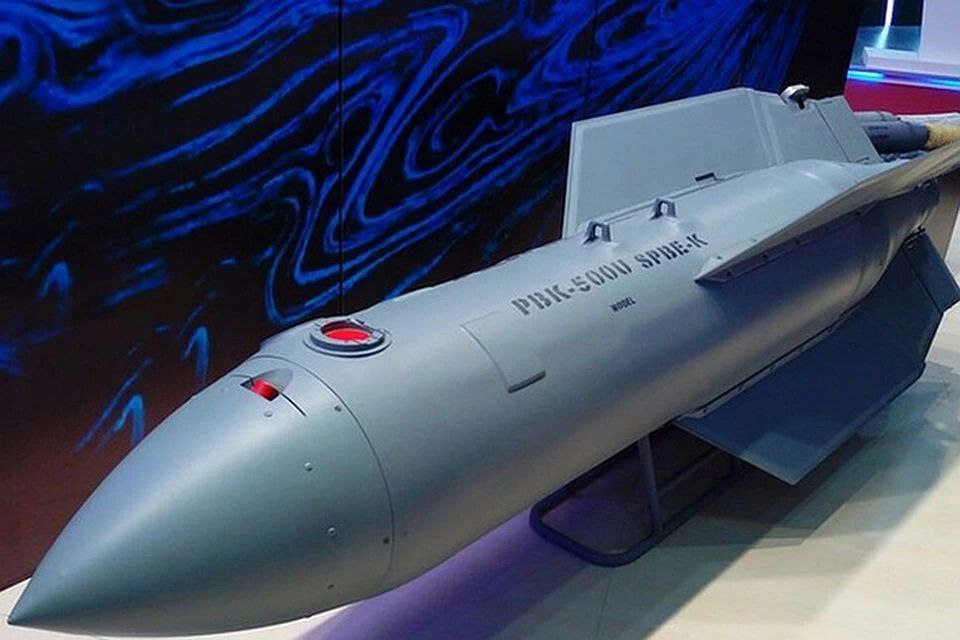In 2024, Russia plans to start serial production of Drel cluster glider bombs
How it works and what threat it poses

In 2024, Russia plans to start mass production of new Drel glide bombs with cluster munitions. This information is reported by Reuters with reference to the TASS agency, which, in turn, cites a representative of the Rostec defence conglomerate. This bomb is capable of planning to approach a target at a greater distance than a conventional bomb and open above it "at the appropriate time" to launch cluster submunitions.
The Drel is designed to destroy armoured vehicles, ground-based radar stations, power plant control centres and air defence systems. It seems to be protected from radar detection, which should make it difficult to destroy. The development of this bomb began in 2016, according to Russian sources, "State tests of a new basic model of a 500 kg glider bomb cassette equipped with self-targeting warheads began in 2016".
It is worth noting that the Drel is a type of cluster bomb that is banned by more than 100 countries. They typically release a large number of smaller submunitions that can indiscriminately hit targets over a large area. Those submunitions that do not explode can pose a minefield hazard to areas for decades.
What is a Glider Bomb?
A glider bomb is a type of weapon that is a precision guided bomb with its own wing and guidance system. It is designed to provide greater range and accuracy than traditional bombs. After being dropped from an aircraft, the glider bomb glides towards the target, using its wings to extend its range. Guidance systems can include GPS, laser guidance or other technologies. It is believed to be a high-precision weapon capable of hitting targets with minimal collateral damage. However, statistics from the war with Russia indicate that the accuracy of the glider bombs used by the aggressor country is very low.
What is a Cluster Munition?
A cluster submunition is a type of munition that contains many small explosive charges known as submunitions. Cluster munitions are designed to disperse a large number of submunitions over a large area from a single round. These munitions can be dropped from the air (bombs dropped from aircraft) or launched from the ground (by missile systems). Once launched, the main munition opens up and releases dozens or even hundreds of submunitions that are dispersed over a large area.
Submunitions are designed to engage a variety of targets, such as vehicles, manpower, airfields or radar stations. However, due to their large coverage area and difficulty in precise control, they often cause extensive collateral damage, including among civilians. Another problem is unexploded submunitions, which can remain in place after an attack and become similar to mines, threatening the safety of the population after the end of hostilities. For these reasons, the use of cluster munitions is restricted or prohibited by international conventions.
Source: Reuters